Home>diy>Architecture & Design>How To Design The Interior Of A Log House
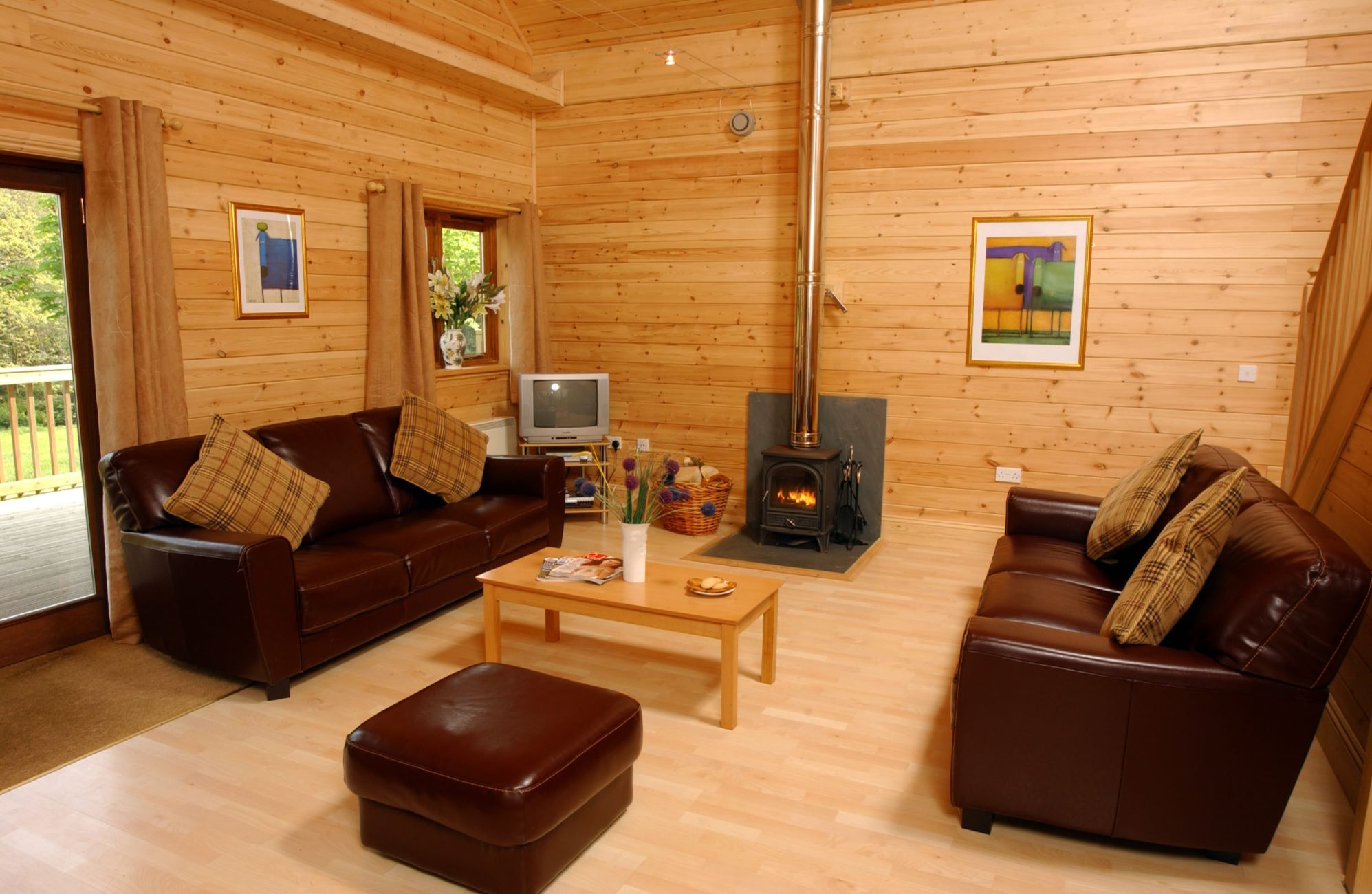

Architecture & Design
How To Design The Interior Of A Log House
Modified: January 6, 2024
Learn how to design the interior of a log house with expert tips and techniques in architecture design. Transform your space into a rustic and cozy retreat.
(Many of the links in this article redirect to a specific reviewed product. Your purchase of these products through affiliate links helps to generate commission for Storables.com, at no extra cost. Learn more)
Introduction
Log houses have a timeless charm that brings us closer to nature and evokes a sense of warmth and coziness. The unique design and construction make log houses a popular choice for homeowners looking to create a rustic and inviting living space. However, designing the interior of a log house requires careful consideration to ensure a harmonious blend of natural elements, functionality, and personal style.
In this article, we will explore various aspects of designing the interior of a log house, focusing on key factors such as selecting the right design, incorporating natural elements, creating an open floor plan, choosing the right furniture and décor, maximizing storage space, selecting the right color palette, lighting design, creating a cozy atmosphere, and incorporating log house architecture.
Whether you are building a new log house or looking to revamp the interior of your existing log home, these tips and ideas will inspire you to create a space that reflects your personality and enhances your connection to nature.
Key Takeaways:
- Embrace the natural beauty of log houses by incorporating natural elements, creating an open floor plan, and selecting warm color palettes to design a cozy and inviting living space that reflects your personal style and connection to nature.
- Maximize storage space, carefully select furniture and décor, and incorporate log house architecture to create a visually pleasing and functional interior design that celebrates the unique charm and character of log houses.
Read more: How To Design The Interior Of A House
Choosing the Right Log House Design
When it comes to log houses, there are various design options available, each with its own unique characteristics. The first step in designing the interior of a log house is to choose the right design that aligns with your vision and lifestyle.
One popular log house design is the traditional cabin style. This design typically features stacked logs, a steep roofline, and a cozy, rustic ambiance. Cabin-style log houses are perfect for those who want to embrace a traditional, back-to-nature feel.
If you prefer a more modern and contemporary look, you can opt for a post-and-beam log house design. This design showcases the beauty of the exposed wooden beams and allows for open, airy spaces. Post-and-beam log houses offer a blend of rustic charm and modern sophistication.
Another option is the log and timber hybrid design, which incorporates both logs and timber frame elements. This design offers a unique blend of strength and versatility, allowing for larger open spaces and unique architectural details.
When choosing the right log house design, consider factors such as the size of the house, the number of rooms you need, and the overall aesthetic you want to achieve. It’s also important to consider the climate and surroundings of your location, as different log species and construction methods may be more suitable for specific environments.
Take the time to research and visit different log house designs to get a better idea of what resonates with you. Look for inspiration in magazines, online resources, and even visit log home expos or model homes. Choosing the right log house design sets the foundation for a successful interior design project.
Incorporating Natural Elements
One of the key advantages of living in a log house is the abundance of natural beauty that surrounds you. When designing the interior of a log house, it’s essential to incorporate natural elements to enhance the aesthetic appeal and create a seamless connection with the outdoors.
Start by letting the natural logs take center stage. Embrace the unique texture and color variations of the wood by showcasing exposed log walls or using them as a backdrop for your furniture and décor. The natural imperfections and knots in the wood add character and authenticity to the space.
In addition to the logs, bring in other natural materials such as stone, brick, and natural fibers. Use stone or brick accents on fireplaces or feature walls to add depth and visual interest. Incorporate natural fiber rugs, curtains, and upholstery to add warmth and texture to the space.
Another way to incorporate natural elements is by integrating plants and greenery into your interior design. Use indoor plants to liven up the space and create a calming atmosphere. Choose plants that thrive in low-light conditions if your log home has limited natural light.
When selecting furniture and décor, opt for pieces made from natural materials such as wood, rattan, or linen. Look for furniture with organic shapes and textures that complement the rustic charm of the log house. Bring in elements inspired by nature, such as botanical prints, wildlife-inspired artwork, or accessories made from natural materials.
Don’t forget about the windows and views outside. Avoid heavy window treatments that obstruct natural light and instead opt for sheer curtains or blinds that allow for ample sunlight to penetrate the space. Make sure to position furniture in a way that takes advantage of the scenic views outside, whether it’s a lush forest or a magnificent mountain range.
Incorporating natural elements in your log house interior design helps create a harmonious and visually appealing space that seamlessly blends with the surrounding environment. It brings a sense of calmness and tranquility, allowing you to fully appreciate the beauty of nature right at your doorstep.
Creating an Open Floor Plan
An open floor plan is a popular choice for log houses, as it maximizes space, promotes a sense of openness, and allows for better flow and functionality within the home. To create an open floor plan in your log house, consider the following tips:
1. Remove Interior Walls: Start by removing unnecessary interior walls that separate rooms. This creates a more open and connected space, allowing for natural light to flow throughout the house. However, be cautious when removing load-bearing walls and consult a professional if needed.
2. Define Zones: Instead of relying on walls, use furniture, area rugs, and lighting to define different functional zones within the open space. Create distinct areas for living, dining, and kitchen spaces, while maintaining a cohesive overall design.
3. Use Visual Dividers: If you feel the need for some separation between areas, use visual dividers such as bookshelves, half-walls, or decorative screens. These elements contribute to the open feel while still providing a sense of distinction.
4. Optimize Traffic Flow: Consider the flow of movement within the space. Arrange furniture in a way that allows for easy navigation through the different zones. Avoid obstructing pathways and create a smooth transition from one area to another.
5. Maximize Natural Light: Capitalize on the abundance of natural light in your log house by opting for large windows or even floor-to-ceiling glass walls. This not only opens up the space but also accentuates the beauty of the natural surroundings.
6. Use Light Colors: Lighter shades on walls, ceilings, and furniture can make the space feel more open and spacious. Consider using neutral or pastel hues that reflect light and add a sense of airiness to the interior.
7. Be Mindful of Scale: When selecting furniture, choose pieces that are proportionate to the scale of the space. Avoid oversized furniture that can make the area feel cramped. Opt for furniture with clean lines and a minimalistic design for a more open and streamlined look.
By implementing these tips, you can transform your log house into a spacious and inviting living space with an open floor plan. This design concept not only enhances the functionality and flow of the house but also creates a welcoming environment for family and guests to enjoy.
Selecting the Right Furniture and Décor
Choosing the right furniture and décor is crucial in creating a cohesive and stylish interior design for your log house. The goal is to strike a balance between functionality, comfort, and complementing the rustic charm of the log walls and natural elements.
1. Embrace Wood: Since wood is a dominant feature in log houses, it’s best to incorporate wooden furniture to maintain a harmonious look. Opt for solid wood pieces with natural finishes that highlight the grain and texture of the wood.
2. Focus on Comfort: Log houses exude a cozy and inviting atmosphere, so prioritize comfort when selecting furniture. Choose plush sofas and armchairs with soft, durable upholstery that you can sink into. Add cushions and throws in earthy tones to enhance the cozy ambiance.
3. Mix and Match: Don’t be afraid to mix different materials and styles to create an eclectic and unique look. Combine rustic wooden pieces with modern or industrial elements for a contemporary twist. This blending of styles adds visual interest and personality to the space.
4. Consider Scale: Take into account the size of your log house when selecting furniture. Oversized furniture can overwhelm a small space, while too small pieces may get lost in a large area. Be mindful of the scale to ensure a harmonious balance between the furniture and the room.
5. Natural Fabrics: When it comes to upholstery and textiles, opt for natural, textured fabrics. Linen, cotton, and wool are great choices that add warmth and depth to the space. Consider incorporating natural patterns and earthy colors inspired by nature.
6. Highlight Statement Pieces: Choose a few standout furniture pieces or décor items to serve as focal points in the room. This can be a unique antique piece, a bold-patterned rug, or a striking piece of artwork. These statement pieces add character and personality to the space.
7. Use Natural Décor Accents: Enhance the rustic charm of your log house by incorporating natural accents throughout the interior. Display dried flowers, branches, or pinecones in vases or add a touch of green with indoor plants. Use natural stone, driftwood, or antler accessories as decorative elements.
8. Pay Attention to Lighting: Lighting plays a crucial role in setting the mood and ambiance of your log house. Choose lighting fixtures that complement the overall style of the space. Consider using warm and soft lighting to create a cozy atmosphere during evenings.
By carefully selecting furniture and décor that align with the aesthetic of your log house, you can create an inviting and visually pleasing interior. The right furniture and décor choices will enhance the rustic charm and natural beauty of your log home, creating a space that you’ll love to come home to.
Read more: How Long To Interior Design A House
Maximizing Storage Space
Storage is essential in any home, and log houses are no exception. With some strategic planning and clever design solutions, you can maximize the storage space in your log house while maintaining a clutter-free and organized environment. Here are some tips to help you make the most of your storage options:
1. Utilize Vertical Space: Take advantage of the height of your log house by incorporating floor-to-ceiling storage units or bookshelves. Install wall-mounted shelves or cabinets to store books, decorative items, or even kitchenware. This not only maximizes storage capacity but also draws the eye upward, creating an illusion of a larger space.
2. Built-in Cabinetry: Consider integrating built-in cabinetry throughout your log house. This can include built-in closets in bedrooms, storage benches in entryways, or custom cabinets in the kitchen and bathroom. Built-in solutions optimize space and provide seamless integration with the overall design of the house.
3. Multifunctional Furniture: Invest in furniture pieces that offer hidden storage. Look for ottomans or coffee tables with built-in storage compartments, beds with storage drawers underneath, or even dining tables with extensions that can be used as extra storage space when not in use. This allows you to maximize functionality without sacrificing style.
4. Creative Use of Space: Think outside the box when it comes to utilizing space in your log house. Use under stairs storage for items such as shoes, coats, or cleaning supplies. Install hooks on walls or the back of doors to hang towels, bags, or hats. Make use of corners by adding corner shelving units or installing floating shelves.
5. Smart Kitchen Storage: The kitchen is a space that requires efficient storage solutions. Opt for deep drawers instead of lower cabinets for easy access to pots, pans, and appliances. Install vertical dividers in cabinets to organize baking sheets and cutting boards. Use overhead pot racks or hanging hooks to store and display kitchen utensils and cookware.
6. Organizational Systems: Implement organizational systems throughout your log house to keep things in order. This can include using labeled bins or baskets in closets or shelves to group similar items together. Install adjustable shelving systems that can be easily modified as your storage needs change.
7. Declutter Regularly: Lastly, regularly declutter your log house to prevent unnecessary items from taking up valuable storage space. Donate or sell items that you no longer need or use. Keep surfaces clear and only display items that truly add value to the space.
By implementing these storage solutions, you can maximize the available space in your log house, keeping it organized and clutter-free. With efficient storage options, you will have ample room to store your belongings while enjoying the beauty and functionality of your log home.
When designing the interior of a log house, consider using natural materials and earthy colors to complement the rustic aesthetic. Incorporate plenty of natural light and open spaces to enhance the cozy and inviting atmosphere.
Choosing the Right Color Palette
The color palette you choose for your log house interior plays a significant role in setting the overall mood and ambiance of the space. To create a harmonious and visually appealing environment, consider the following factors when selecting your color palette:
1. Consider the Log Walls: The color of your log walls is a prominent feature in the interior design of your log house. Consider the natural tones and hues of the wood and choose colors that complement and enhance the beauty of the logs. Lighter wood tones may work well with a warm and neutral color palette, while darker wood can be balanced with lighter, contrasting shades.
2. Embrace Earthy Tones: Earthy tones are a natural choice for log houses as they create a warm and cozy atmosphere. Think warm browns, soft beiges, rich greens, and deep rust tones. These colors bring a sense of nature and tranquility indoors, creating a space that feels connected to the surrounding environment.
3. Balance with Neutrals: Neutrals such as whites, creams, and grays provide a versatile backdrop for your log house interior. They can help balance the richness of the wood and allow other elements, such as furniture and artwork, to stand out. Use neutrals for larger areas such as walls and ceilings, allowing the wood to take center stage.
4. Add Pops of Color: Injecting pops of color into your log house interior can add visual interest and personality. Choose accent colors that are inspired by nature, such as deep blues for a watery feel, vibrant oranges for a touch of autumn, or cheerful yellows for a sunny disposition. Use these colors sparingly in accessories, artwork, or small furniture pieces to create focal points.
5. Harmonize with Surroundings: Consider the natural surroundings outside your log house when choosing a color palette. Take inspiration from the colors of the landscape, whether it’s lush green forests, serene blue lakes, or majestic mountain ranges. Incorporating these hues into your interior design creates a seamless connection between the indoors and outdoors.
6. Don’t Forget Lighting: Keep in mind that lighting can affect the perception of color. Natural light tends to enhance the warmth and beauty of wood tones, while artificial lighting can create different moods. Pay attention to how your color choices interact with the lighting in each room to ensure the desired effect.
7. Test Samples: Before committing to a color palette, it’s advisable to test paint samples on a small area of your log walls. Natural lighting and the unique characteristics of logs can affect how colors appear. Testing samples allows you to visually assess how the colors work with the wood and the overall ambiance of the space.
By carefully selecting a color palette that complements your log walls and reflects your desired atmosphere, you can create a cohesive, inviting, and visually pleasing interior design for your log house. Remember, the right colors will enhance the natural beauty of the wood while creating a space that feels harmonious and inviting.
Lighting Design for Log Houses
Lighting is a crucial aspect of interior design, and in log houses, it can play a significant role in enhancing the natural beauty of the wood and creating the right ambiance. Here are some tips for designing the lighting in your log house:
1. Embrace Natural Light: Start by maximizing the use of natural light in your log house. Allow as much sunlight as possible to enter the space by opting for large windows or even floor-to-ceiling glass walls. This not only showcases the beauty of the logs but also creates a warm and inviting atmosphere.
2. Consider Window Treatments: When it comes to window treatments, choose options that allow you to control the amount of light while still maintaining privacy. Consider sheer curtains or blinds that allow natural light to filter through while preserving the view outside.
3. Layer the Lighting: Create a well-balanced lighting scheme by incorporating layers of light. This includes ambient lighting, task lighting, and accent lighting. Ambient lighting provides general illumination, while task lighting is focused on specific activities such as reading or cooking. Accent lighting highlights architectural features or focal points in the room.
4. Opt for Warm Light: To create a cozy and inviting environment, choose warm-colored light bulbs in your log house. Warm white or soft yellow tones mimic the warmth of natural sunlight and complement the earthy tones of the wood. Avoid cool, blue-toned lights as they can create a stark and harsh atmosphere.
5. Utilize Dimmers: Install dimmers for your overhead and accent lights to have control over the intensity of the light. This allows you to create different moods and adjust the lighting based on the time of day or specific activities.
6. Highlight Architectural Features: Use lighting to accentuate the unique architectural features of your log house. Illuminate exposed beams, high ceilings, or stone accents with carefully placed spotlights or wall washers. This helps create visual interest and adds depth to your interior design.
7. Incorporate Decorative Lighting: Choose decorative light fixtures that complement the style of your log house. Consider rustic or industrial-inspired lighting fixtures with natural materials such as wood or metal. These fixtures can become focal points themselves while adding character to the space.
8. Install Task Lighting: In areas where specific tasks are performed, such as the kitchen, study area, or reading nooks, ensure adequate task lighting. Under-cabinet lights, desk lamps, or adjustable wall-mounted fixtures provide focused and functional lighting for these activities.
By incorporating these lighting design tips, you can create a warm and inviting atmosphere in your log house. Thoughtful lighting choices will not only highlight the natural beauty of the wood but also provide the right ambiance for every occasion and enhance your overall log house interior design.
Creating a Cozy Atmosphere
Log houses exude a natural warmth and coziness that make them incredibly inviting and comfortable. To further enhance this cozy atmosphere in your log house interior, consider the following tips:
1. Use Warm Color Tones: Choose warm color tones such as earthy browns, soft beiges, and warm neutrals for your walls, furniture, and décor. These hues create a cozy and comforting ambiance that complements the natural beauty of the logs.
2. Incorporate Soft Textures: Introduce soft textures throughout your log house to create a tactile and cozy feel. Use plush rugs, fluffy pillows, and cozy blankets to add warmth and comfort to seating areas and bedrooms. Opt for natural materials like wool or faux fur for an extra touch of luxury.
3. Arrange Intimate Seating Areas: Create intimate seating areas where family and guests can gather and relax. Arrange furniture in cozy groupings, such as placing sofas and chairs around a central coffee table or near a fireplace, to encourage conversation and interaction. Ensure there is ample space to move freely while maintaining a sense of closeness.
4. Add Soft Lighting: Soft, ambient lighting is key to creating a cozy atmosphere. Use warm-colored light bulbs and dimmers to achieve a gentle and inviting glow. Incorporate table lamps, floor lamps, and soft sconces to provide soft pools of light that evoke a sense of warmth and relaxation.
5. Decorate with Natural Elements: Embrace nature-inspired décor to enhance the cozy feel of your log house. Display fresh flowers, branches, or pinecones in vases to bring a touch of the outdoors inside. Incorporate wooden elements, such as log-inspired candle holders or driftwood accents, to add rustic charm and warmth to your space.
6. Arrange Books and Magazines: Inspire a sense of coziness and comfort by creating a designated reading nook or a small library area. Arrange books and magazines on shelves or create a cozy reading corner with a comfortable chair, soft lighting, and a side table for your favorite beverages or snacks.
7. Use Scented Candles or Diffusers: Enhance the cozy atmosphere with inviting scents throughout your log house. Place scented candles or use diffusers with warm and comforting scents like vanilla, cinnamon, or woodsy aromas. These fragrances contribute to the overall coziness and create a welcoming environment for everyone.
8. Allow for Fuzzy Accessories: Introduce fuzzy accessories like faux fur or woolen cushions, throws, or rugs to add tactile comfort and a sense of warmth. These soft and tactile elements invite relaxation and make your log house a cozy retreat from the outside world.
By incorporating these tips, you can create a cozy atmosphere in your log house that embraces the natural charm of the wood while providing a comfortable and inviting space for you, your family, and your guests to enjoy and unwind.
Read more: How To Design My House Interior
Incorporating Log House Architecture
The architectural design of log houses is unique and carries its own charm and character. To fully embrace and enhance the log house architecture in your interior design, consider the following tips:
1. Highlight Exposed Logs: One of the distinguishing features of log houses is the exposed log walls. Instead of covering them up, celebrate their natural beauty and craftsmanship. Use clear finishes or light stains to protect the logs while allowing their texture and color to shine through.
2. Showcase Ceilings with Exposed Beams: Many log houses feature high ceilings with exposed wooden beams. Emphasize these architectural details by leaving the beams exposed and in their natural state. Consider staining or sealing them to enhance their color and texture. This adds visual interest and a sense of rustic elegance to your space.
3. Use Log-inspired Furniture: Integrate furniture pieces that are inspired by log house architecture. Look for tables, chairs, or beds with log-like legs or frames. These furniture pieces mimic the structural elements of log houses and create a cohesive design that ties in with the overall architectural style.
4. Opt for Rustic Décor: Complement your log house architecture with rustic décor elements that enhance the natural feel of the space. Incorporate items crafted from wood, iron, or other natural materials. Look for accessories with a distressed or vintage look to add character and charm to your log house interior.
5. Use Stone Accents: If your log house has stone detailing on the exterior, carry that theme into the interior. Incorporate stone accents, such as a stone fireplace or a stone feature wall, to add texture and reinforce the natural elements within your log house. The combination of wood and stone creates a timeless and inviting aesthetic.
6. Blend Modern and Rustic: Embrace a balanced blend of modern and rustic elements to create a contemporary log house interior. Integrate modern furniture pieces or sleek light fixtures that juxtapose against the rustic charm of the log walls. This fusion of styles creates a unique and personalized interior design.
7. Consider Open Floor Plans: Log houses often lend themselves well to open floor plans. Take advantage of this architectural characteristic by designing an open and spacious layout. This allows for better flow and a seamless connection between different areas, enhancing the overall functionality of your log house.
8. Decorate with Nature-inspired Artwork: Incorporate artwork and décor items that highlight the natural beauty found in log houses. Choose pieces that showcase landscapes, wildlife, or botanical subjects. This brings a sense of the outdoors inside and adds to the overall log house ambiance.
By incorporating log house architecture into your interior design, you can create a space that stays true to the unique charm and character of log houses. From showcasing exposed logs to incorporating rustic décor, these tips will help you create a cohesive and visually pleasing environment that celebrates the beauty of log house architecture.
Conclusion
Designing the interior of a log house provides a wonderful opportunity to create a beautiful and inviting living space that seamlessly blends with nature. By considering key factors such as choosing the right log house design, incorporating natural elements, creating an open floor plan, selecting the right furniture and décor, maximizing storage space, choosing the right color palette, designing the lighting, creating a cozy atmosphere, and incorporating log house architecture, you can create a space that reflects your personal style while embracing the unique characteristics of log houses.
The choice of log house design sets the foundation for your interior design project. Whether you opt for the traditional cabin style, the modern post-and-beam design, or the log and timber hybrid, each design offers its own unique charm and style. Incorporating natural elements such as wood, stone, and plants further enhances the connection to nature, infusing your log house with a sense of warmth and tranquility.
Creating an open floor plan maximizes space and flow, allowing for natural light and easy movement between different areas. Selecting the right furniture and décor involves careful consideration of materials, textures, and scale, while maximizing storage space ensures a clutter-free and organized environment.
The color palette you choose sets the mood and ambiance of your log house interior. Warm earth tones, complemented by neutrals and pops of accent colors, create a cozy and inviting atmosphere. Thoughtful lighting design enhances the natural beauty of the logs, while creating the desired ambiance for every occasion.
Lastly, incorporating log house architecture throughout your interior design helps highlight the unique charm and character of log houses. Celebrating exposed logs, showcasing beams, and incorporating stone accents adds to the rustic elegance and natural allure of your log house.
By carefully considering these aspects and infusing your personal style, you can create a log house interior that is not only visually beautiful but also functional, cozy, and welcoming. Whether you are designing a new log house or renovating an existing one, let the natural beauty of the logs inspire you and create a space that truly feels like home.
Frequently Asked Questions about How To Design The Interior Of A Log House
Was this page helpful?
At Storables.com, we guarantee accurate and reliable information. Our content, validated by Expert Board Contributors, is crafted following stringent Editorial Policies. We're committed to providing you with well-researched, expert-backed insights for all your informational needs.
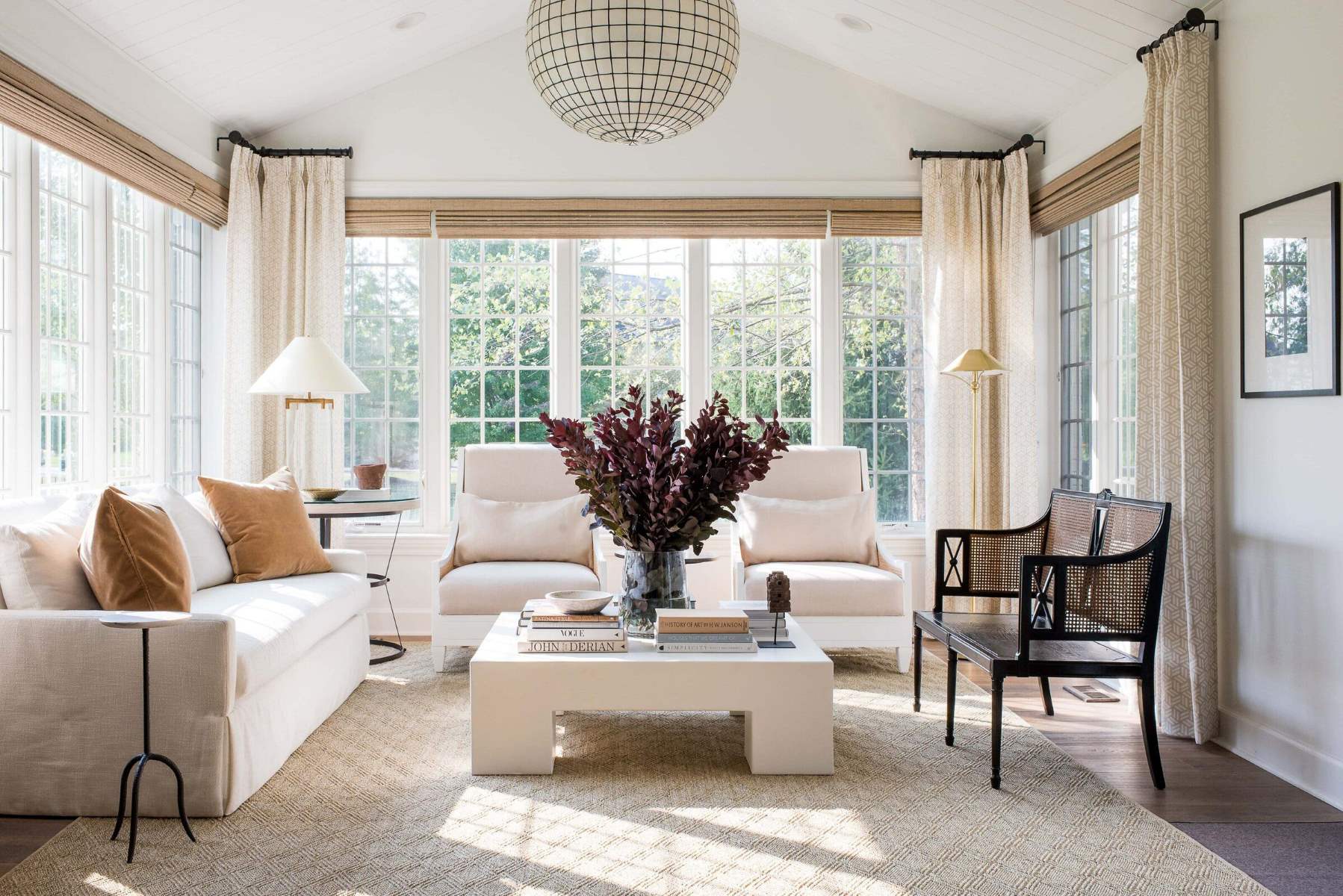
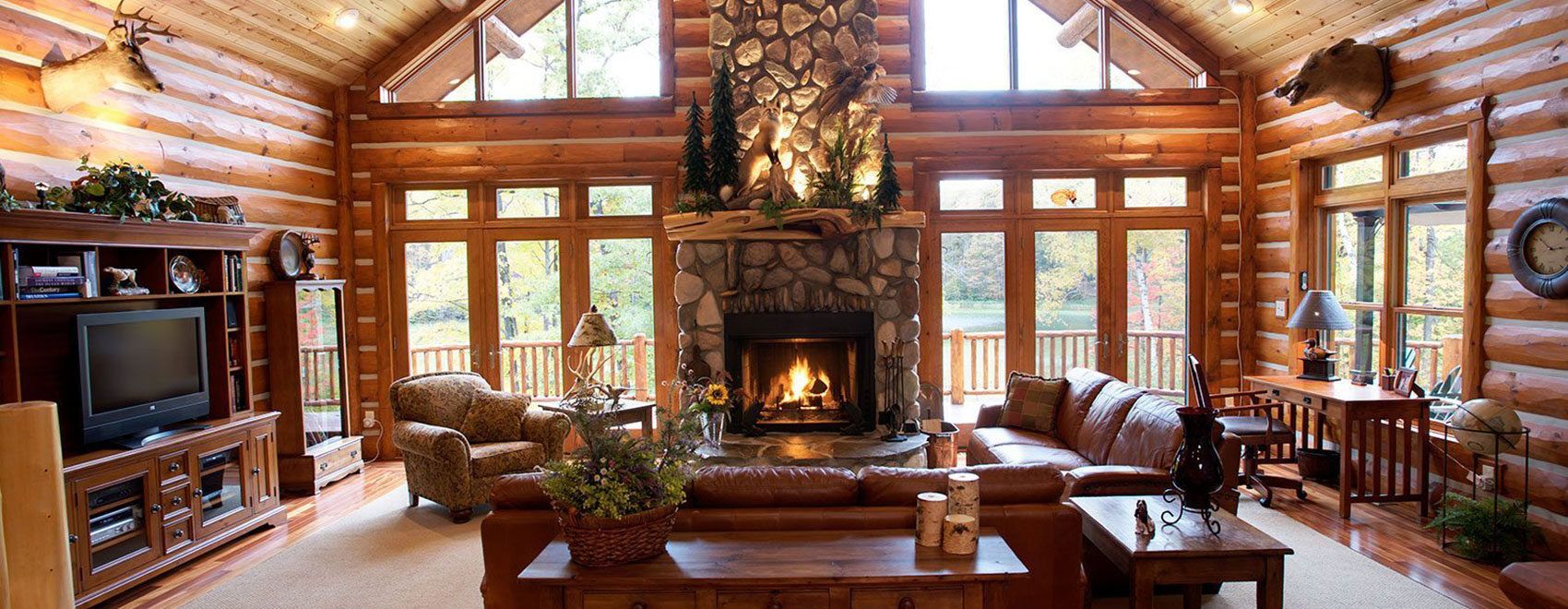
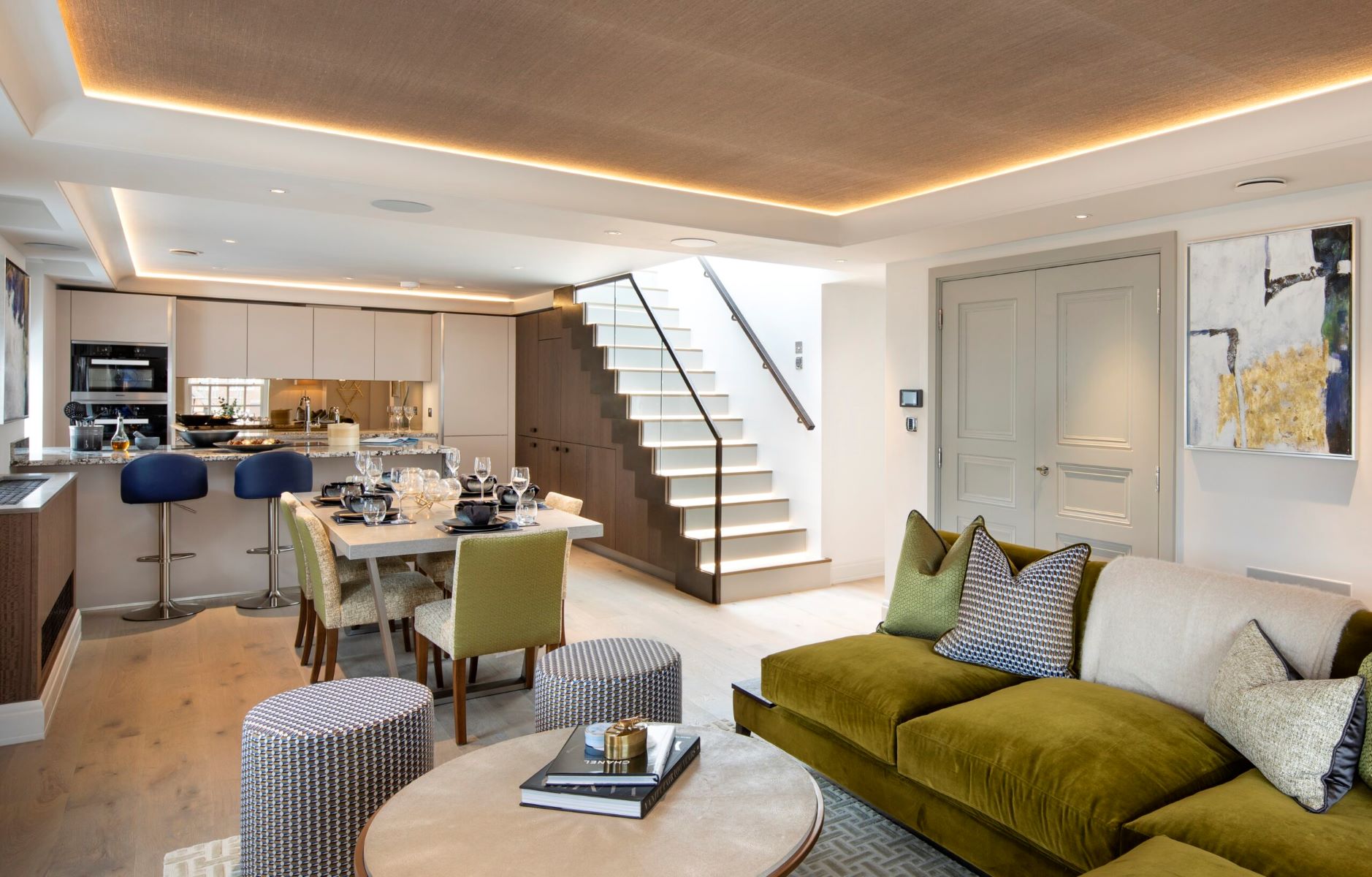
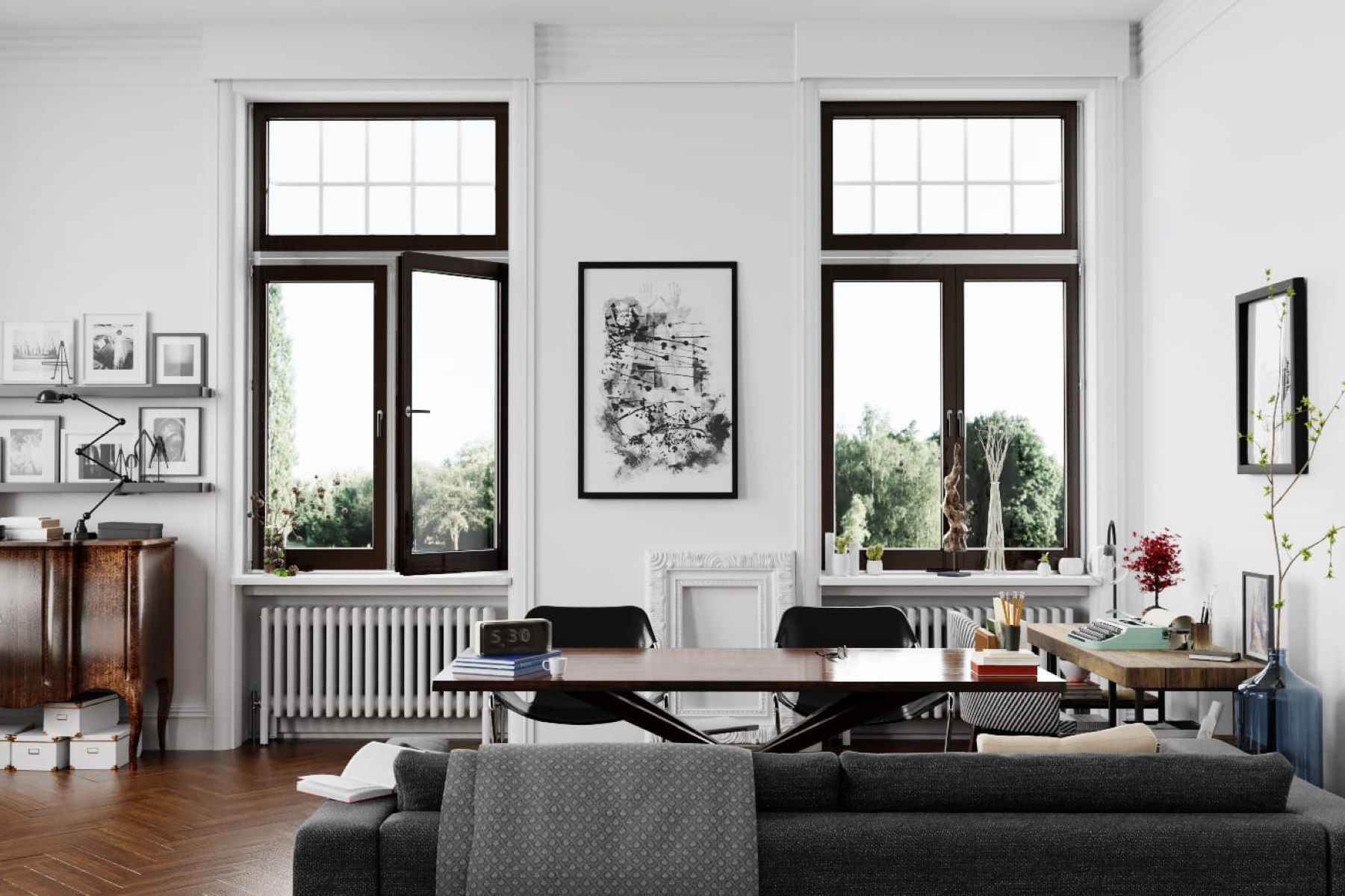
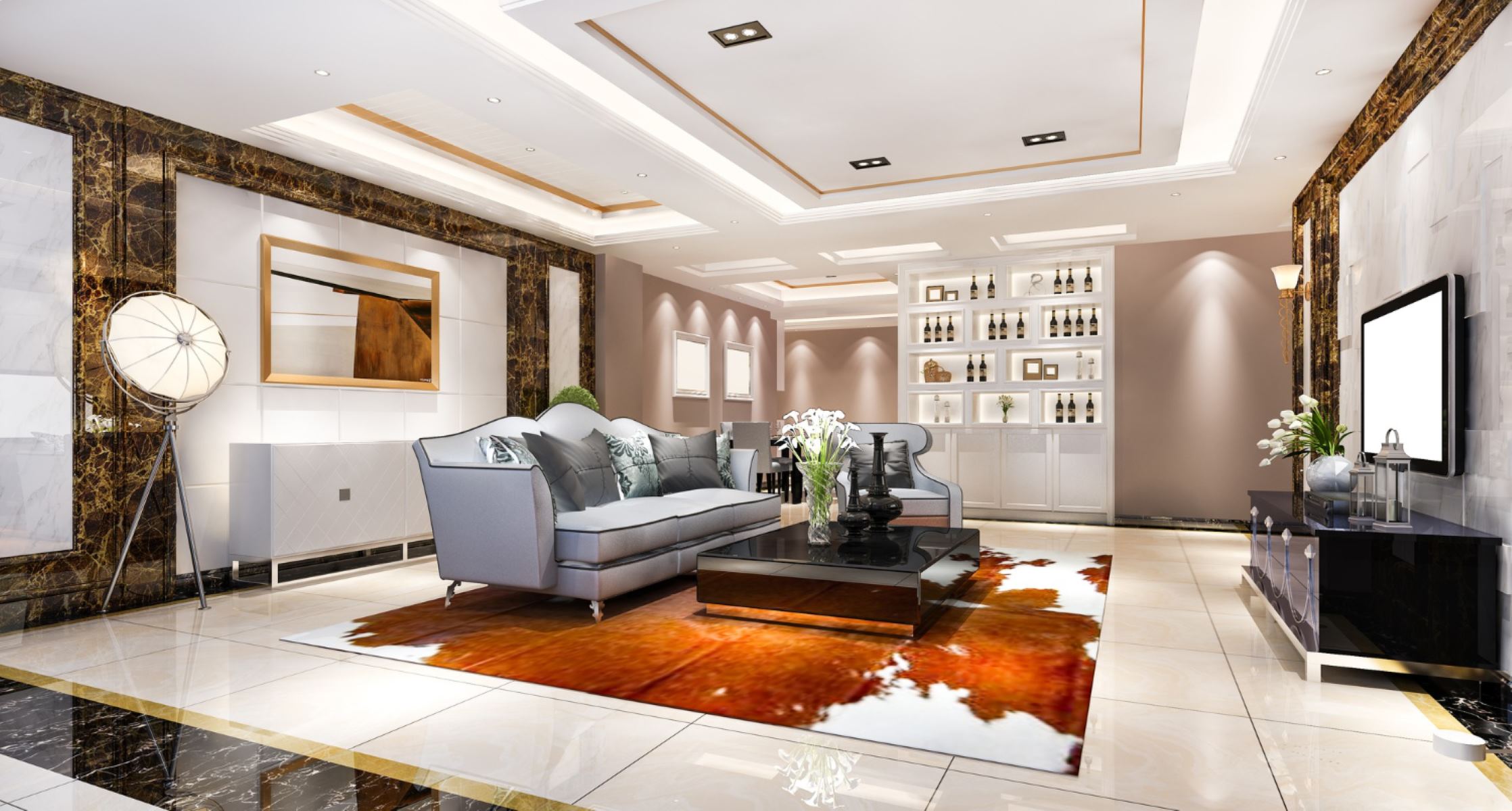
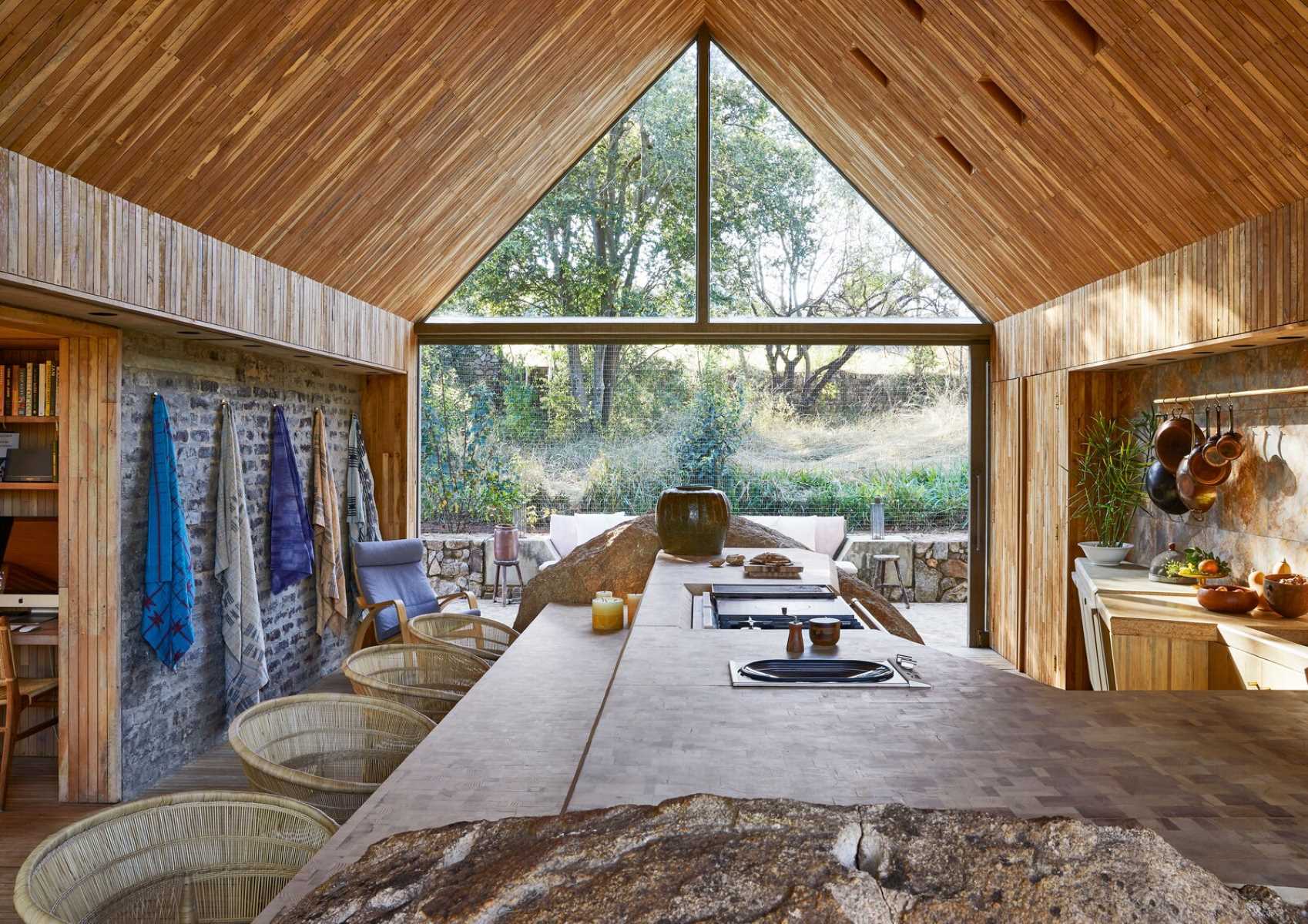
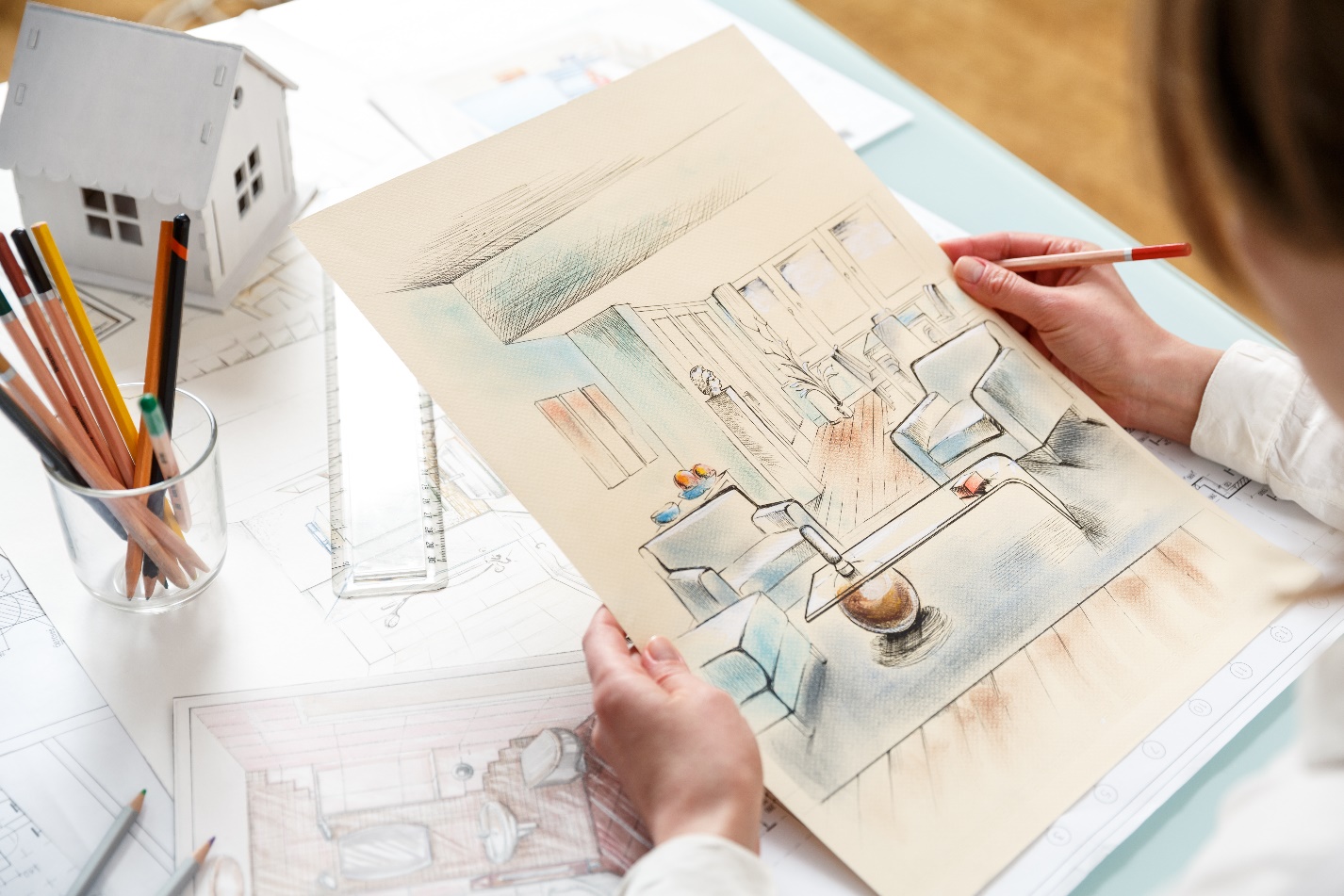
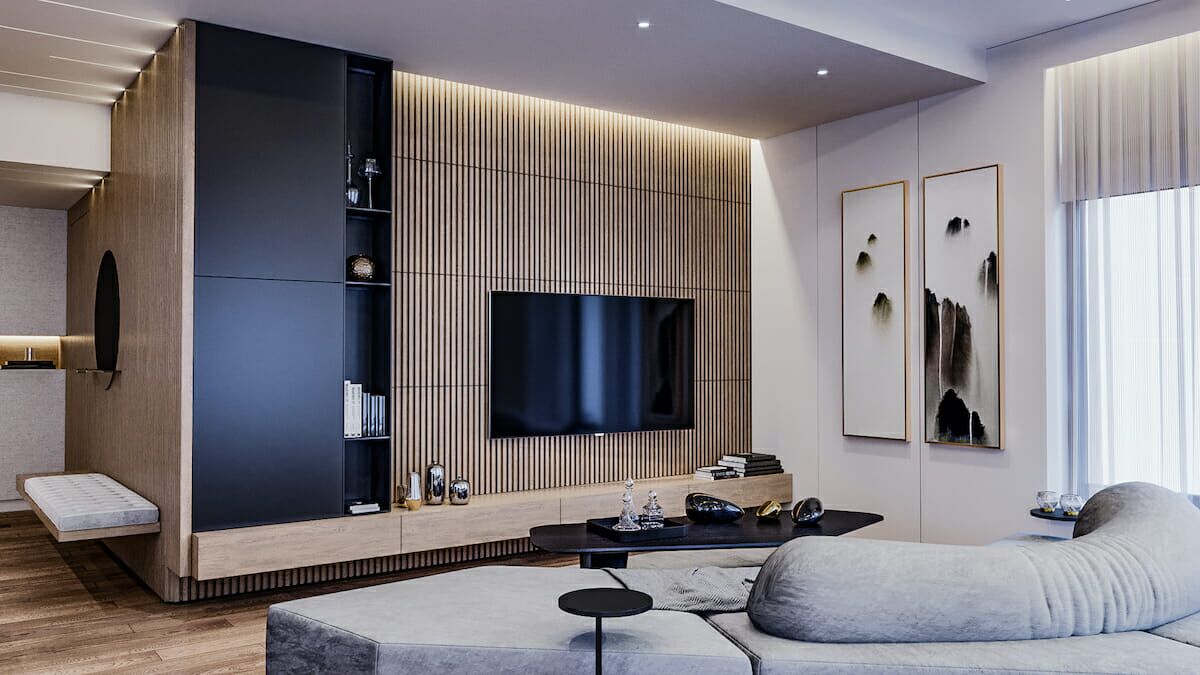
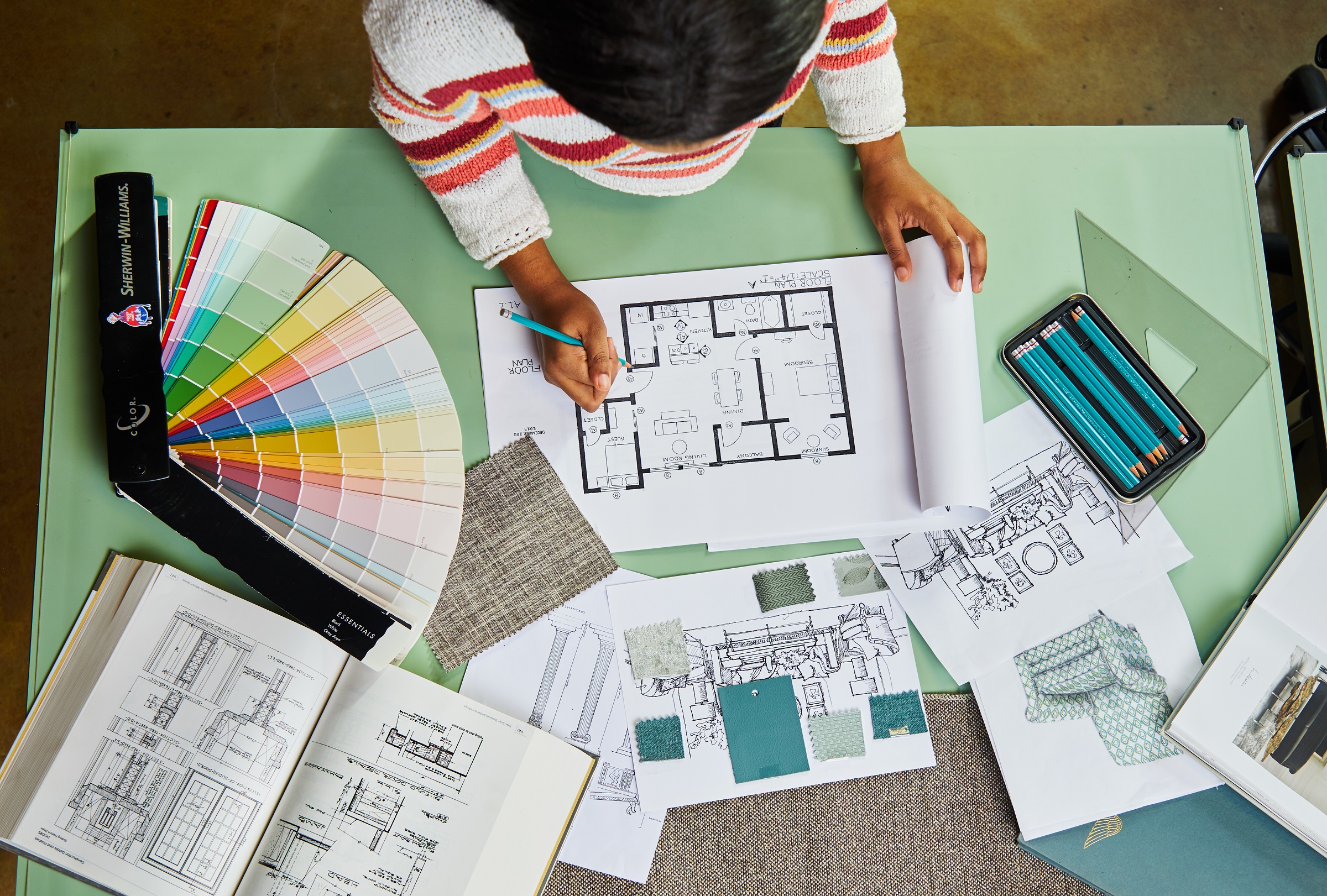
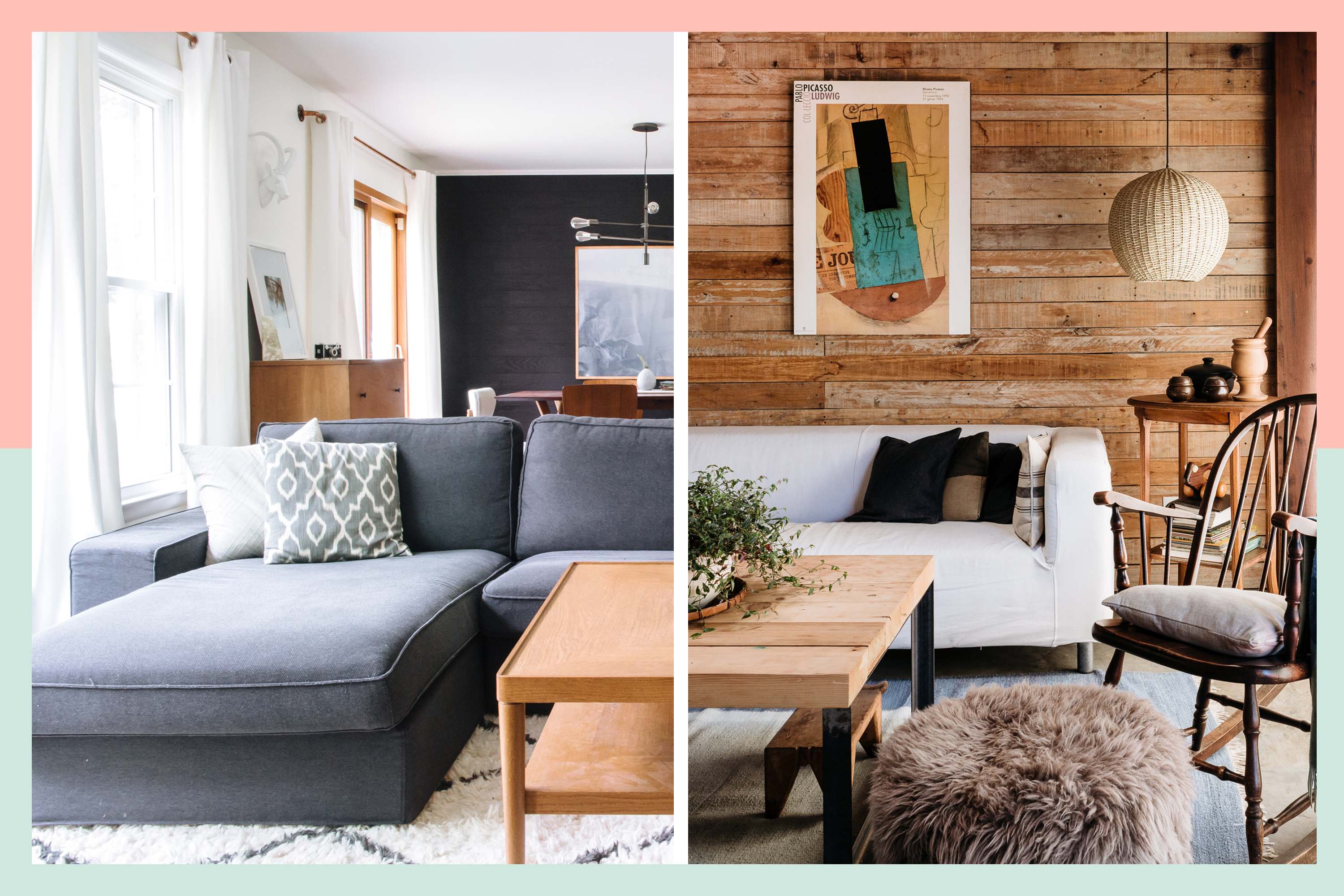
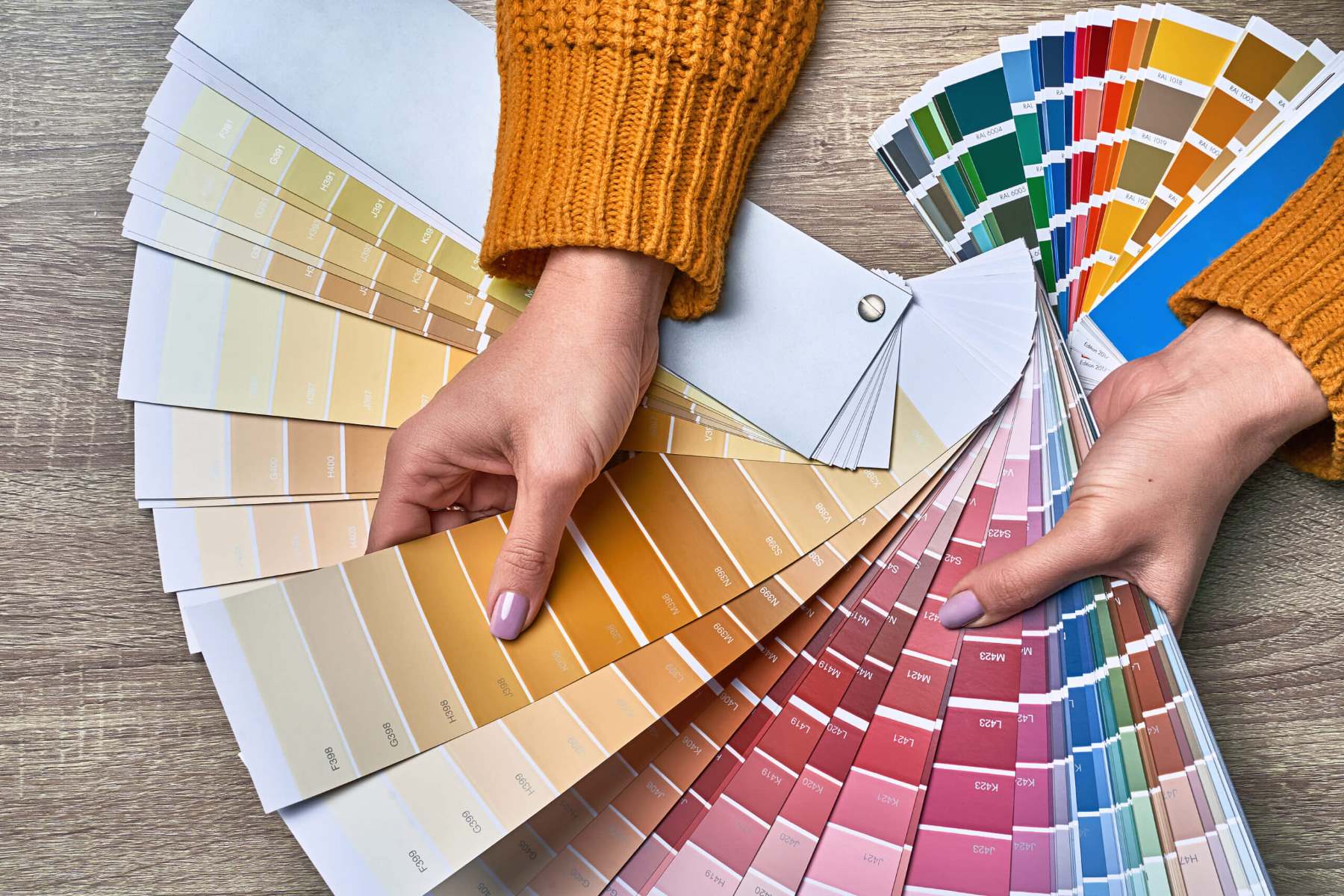
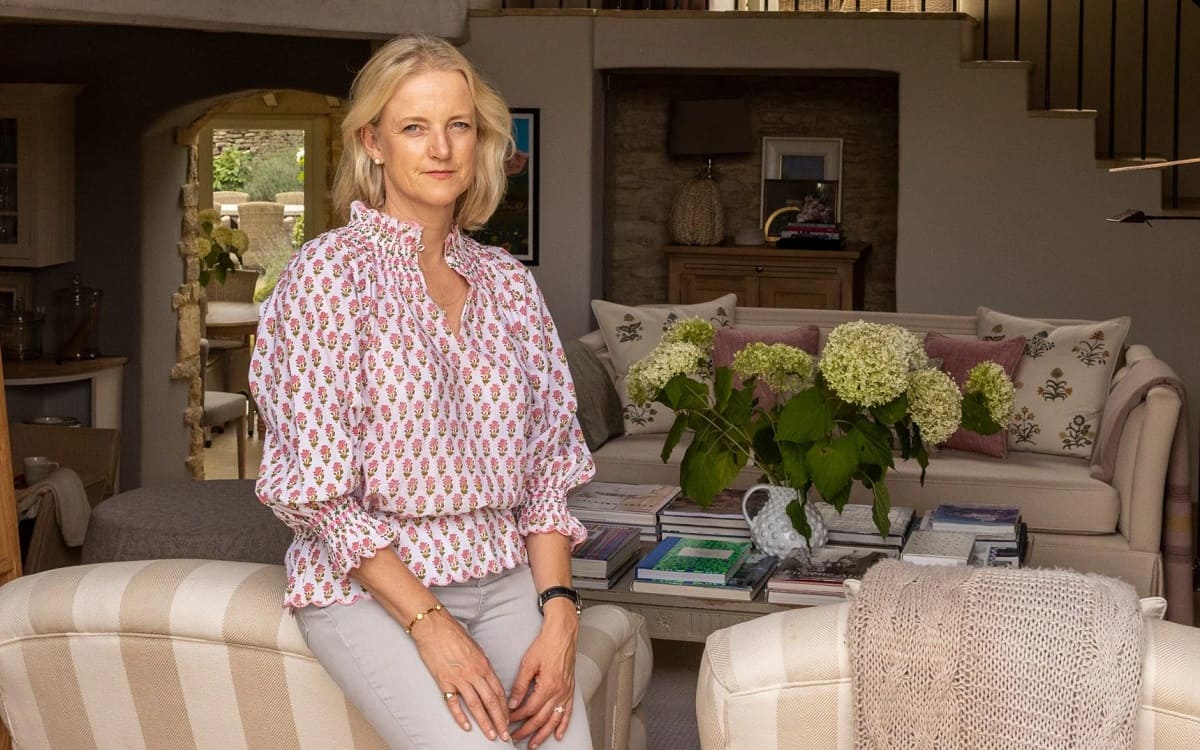


0 thoughts on “How To Design The Interior Of A Log House”